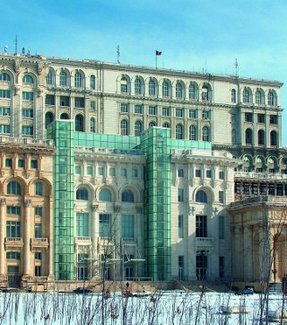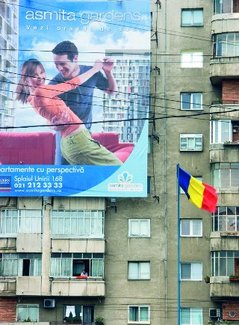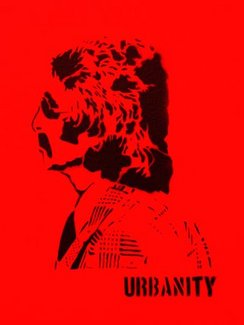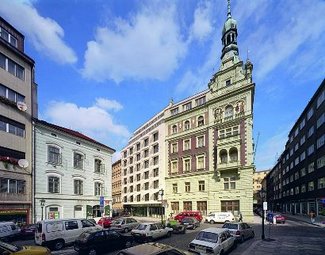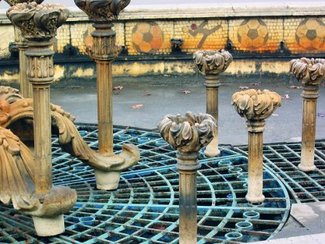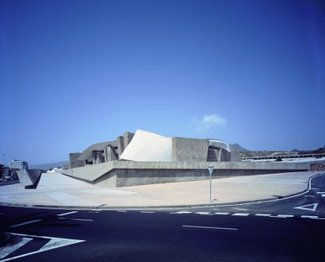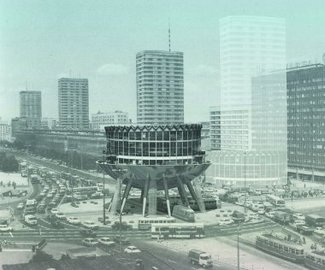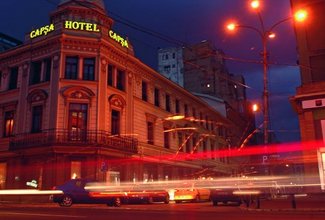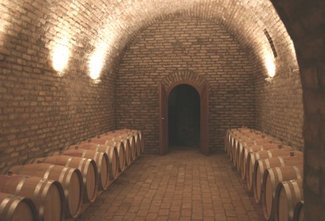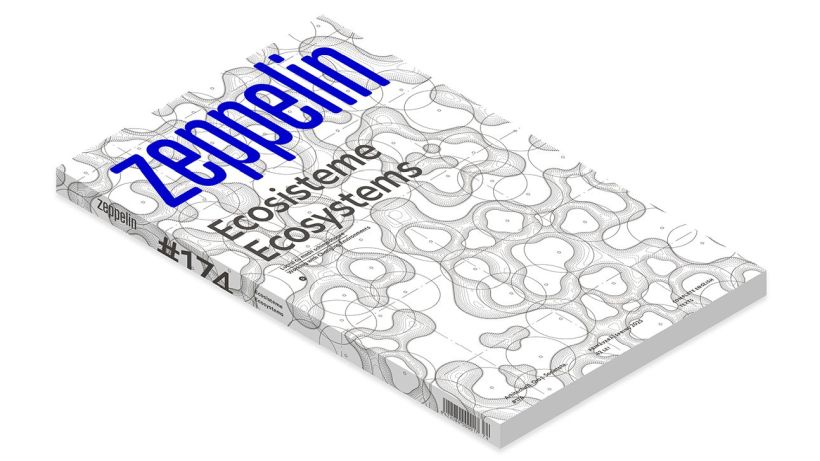We are learning from the press that architect Anca Petrescu has reopened a legal action relation to the National Museum of Contemporary Art, set up within the House of Parliament. If it were only a matter of politics and economics, we wouldn’t even have mentioned this scandal. But the complaint also refers to professional and esthetical matters, accusing an aggression on the unitary nature of an architectural work.
- Recommend on FacebookTweet about itPost de: Constantin Goagea
In the early 1990s, the heritage contained in the communist neighborhoods was unbearable. It led to deep frustrations and neurosis due to their massiveness and complete absence of identity, but mostly by the general feeling that nothing could be done to change it.
The first reaction to that state of affairs in the town was compensated by the fantasy of the countryside ranch, the idyllic image intertwined with that of a swimming pool and the high wage that filled your fridge. Thus, it resulted in a true flight of the well off, less the middle class, almost inexistent at that time. At the level of motivation and reaction, this dwelling model is widely spread today.- Recommend on FacebookTweet about itPost de: Constantin Goagea
I forgot to go on holiday, or that was somewhere around but I didn’t remember the word for it. It was a pretty hectic summer for our editorial staff: we represented Romania in the Venice Biennial, we designed the space for ¾ Gallery of the National Theater for the Bucharest Biennial, and now we are ready to bring in exhibitions and conferences from Japan to Bucharest, and last but not least, we are just about to hand in the issue on Venezuela of our journal. Maybe we can contaminate you into working hard, if you forgot about it, or into just thinking that it could be worse than that.
- Recommend on FacebookTweet about itPost de: Stefan Ghenciulescu
For some 50 years now, Japan has enchanted us with its exceptional architecture. Over this period, the center (the centers, in fact) of world architecture moved from one place to another, the countries or regions coming to the fore and then discretely withdrawing, maybe returning later full of vigour. Well, in Japan’s case the elite production seems seamless. In the 1950s and 1960s the fabulous monsters were especially Kenzo Tange or Kunio Mayekawa.
- Recommend on FacebookTweet about it
Summary: What role did architecture play in the process of forming the Czech national identity? What are the current architectonic and urban planning challenges in Central Europe and where does Czech architecture stand?
An Illustrated History of the Czech National Narrative: Architecture
- Recommend on FacebookTweet about itPost de: Constantin Goagea
: what kills me is the following problem: the Sydney opera plus other contemporary architecture monuments on the tablecloth found in a holyday house at Sirnea. The sky is covered with huge roses in an easily recognizable oriental style. Where in God’s name do I classify this phenomenon? What record? What chapter? There is an incredible contrast between Jorn Utzon’s opera and this cheap thingy. And then there is the context, and let this be no minor issue since in Sirnea there is a five meter wide beaten country road made in stones and dry mud, in any case a poor sight for the eye, barely worthy to be called pastoral in some English imagery reminder… What can I say, this contrast blows my mind… hermeneutically speaking.
- Recommend on FacebookTweet about itPost de: Fernando Menis
Magma Arte&Congresos Adeje. Tenerife 2005
Set in an exceptional location close to the airport and highway, and placed in the biggest tourist spot in the island, surrounded by numerous hotel complexes, the MAGMA Arte&Congresos, the Convention Centre in Tenerife, appears as a reference point. The semi-desert landscape around it and the presence of the sea are the starting points of the concept of the building. Though it is not situated directly on the water, it does have a strong relation with the ocean, an imposing presence that frames the building with a constant view of La Gomera Island. The building takes advantage of this relationship, being set on the hill at the perfect height to show off its profile against the sea.- Recommend on FacebookTweet about it
Centrala does not have a constant number of members, neither any order of operation to be routinely followed – it is not a company. More appropriately it should be called a platform where individual quests converge around common goals. It is rather a collective of as many people as a task ahead of them requires.
- Recommend on FacebookTweet about itPost de: Constantin Goagea
Creative industries (creative economies) and the creative city. Here are two interesting work concepts that we will encounter in the near future. The text bellow is part of the notes and information I gathered last year at a seminar called “Creative City” held in Dubrovnik (based on Zaklina Gligorijevici papers who presented there a piece of her more complex work, published in a booklet largely circulated within inner academic circles). So it happened that I was the only architect attending the conference. The funniest reply I got at my wonder on the missing fellow professionals was of course that architects erect buildings that have nothing to do with the city, a thing worth considering while speaking it.
- Recommend on FacebookTweet about itPost de: Sulyok Miklos
To design a vineyard in a traditional, famous vine area, enjoying valuable vernacular architecture, poses three essential problems for architects: to insert the new building within the traditional architecture of the area, to seek new ways of expression of modern, industrial technology of producing wine, or to start from scratch, from the mythical, sacred connotations of wine. A well-documented inquiry will bring valuable international examples to light.
The idea of Konyari Vineyard is quite simple, and consists in the pursuit of ideal relationship to landscape.- Recommend on FacebookThis website uses cookies to improve your experience. We'll assume you're ok with this, but you can opt-out if you wish.Accept Read MorePrivacy & Cookies Policy
Privacy Overview
This website uses cookies to improve your experience while you navigate through the website. Out of these, the cookies that are categorized as necessary are stored on your browser as they are essential for the working of basic functionalities of the website. We also use third-party cookies that help us analyze and understand how you use this website. These cookies will be stored in your browser only with your consent. You also have the option to opt-out of these cookies. But opting out of some of these cookies may affect your browsing experience.Necessary cookies are absolutely essential for the website to function properly. This category only includes cookies that ensures basic functionalities and security features of the website. These cookies do not store any personal information.Any cookies that may not be particularly necessary for the website to function and is used specifically to collect user personal data via analytics, ads, other embedded contents are termed as non-necessary cookies. It is mandatory to procure user consent prior to running these cookies on your website.

